Whenever summer starts to transition into fall, I start thinking about pies. Well, not just pies, as in the freshly-picked apple variety, but also about carrot cake (mostly for the cream cheese icing) and meatloaf and all sorts of other comfort food worth turning the oven on for. I also start thinking about day trips to the country, to help wean me off of cottage life and the great outdoors before hunkering down for a long Canadian winter – which makes this the perfect time of year to head to the village of St. Jacobs, about an hour or so northwest of Toronto.
The Village of St. Jacobs
There are plenty of quaint, charming little towns where you are likely to see horse-drawn carriages driving down their main streets, at least the kind of carriage where you pay the driver to tour you through the historic streets (think Mackinac Island in Michigan, for example).
But visit the village of St. Jacobs, near Waterloo, Ontario, and the horses and carriages you see are not for hire by tourists; they are the main form of transportation for the region’s predominantly Mennonite residents. The complete opposite of flashy or touristy, these plain and simple buggies reflect the philosophy of the people who use them, since Mennonites eschew technology and most trappings of the modern world in favour of a simple, spiritual life. As frequent visitors to St. Jacobs themselves, you’ll find parking spaces for their horses and buggies right alongside some of the carparks in the town.
But catching a glimpse of these buggies on the village’s streets is only part of what adds to St. Jacobs’ charms.
Shopping, Shopping, Shopping!
Bring your credit card if you’re planning on visiting St. Jacob’s, because this little town’s King Street is sure to appeal to every type of shopper. Whether you are looking for country-chic decor items for your home, Christmas decorations, fashion, handcrafted furniture or artisanal one-of-a-kind treasures, the few blocks that make up this village’s main street have it all.
There’s also a couple of particularly interesting shops, as important for their history as their crafts; the first are The Village Silos, a group of grain silos across from the Mill that have become art studios and boutiques for potters and weavers. Some of the artists actually work inside the hollow concrete structures, while other silo spaces are used to display artwork and crafts. You’ll definitely want to explore these by wandering through the series of doorways that have been punched through these connected silos – it’s a truly unique shopping experience!
Hamel Brooms (a former blacksmith shop from 1908)
Stepping into this shop is a little like stepping back in time, to the days when hardware stores weren’t big-box mega-warehouses selling mass-produced goods, but instead were home to local forges and the expertise of the blacksmith showed in the quality of his hand-forged nails and other metal tools. The forge is still there, as are wooden barrels of nails, and antique tools, gadgets and household items ‘from the day’.
The shop, with its creaking wood plank floors (that urban designers would give their eye teeth for) is also home to the Hamel corn broom making shop, where you can watch a broom being made right in front of your eyes using techniques that haven’t changed in generations. Or if glasswork is more your style, the back of the shop houses the Robert Brown Glass and Metal Studio where you can find artistic vessel sinks, or decorative glass-art panels for doors.
Artefacts Architectural Salvage
This may be my favourite place to poke around in all of St. Jacobs, and if you’re a fan of architectural salvage, rotting pillars, posts and corbels, or rusty old iron gates, you’re going to feel like you’ve died and gone to second-hand heaven. From antique door hardware to stained glass windows and unique doors, Artefacts has enough curiosities and objets to give any home more character. A word of advice: measure before you commit, since some of these impressive pieces will look way bigger in your home than they do in this barn-sized warehouse (some of the prices are larger than life, too.)
All Aboard a Vintage Train
From the village of St. Jacobs itself, your next stop is the region’s famous Farmers’ Market, and what better way to travel between village and market than to leave your car behind and hop aboard a vintage train! Who needs a touristy carriage when you’ve got an authentic locomotive, with carriages that have been lovingly restored by volunteers, some of whom drive the train or act as conductor-cum-tour-guides as well. The Waterloo Central Railway runs between St. Jacobs Village at one end, and the town of Elmira at the other, with a stop at St. Jacobs Farmer’s Market in the middle. Whether you’re a kid or a grownup, riding what feels like your own private train is something you just don’t do everyday.
St. Jacobs Farmers’ Market
The largest year-round farmers’ market in Canada, locals and locovores have loved this Farmers’ Market for years, ever since it was established in 1975. But in 2013, fire ripped through the building, destroying the structure and devastating the community and visitors who make it a regular destination. But like the proverbial phoenix, in just over a year, a brand new building rose from the ashes, and the new Market is back in full operation, and bigger than ever with more than 400 vendors on the grounds.
Fancy a little German sausage? Buy it by the meter. Locally-tapped maple syrup? Ask one of the Mennonite producers about the differences between amber, medium and light syrups, and you’re likely to get an explanation and a few spoonfuls to compare.
And if your sweet tooth isn’t satisfied with syrup, there’s also local honey, or any number of decadent desserts. If it’s locally-sourced, home made or farm-fresh, you’ll find it all on the main floor or outside where local farmers set up temporary stalls to sell in-season produce.
For more than just food, head upstairs to the loft-like second floor of the main building, where you’ll find household items, affordable decor and hand made crafts. Or visit some of the stores just outside which sell Mennonite quilts, and other specialty items.
“Going, Going, Gone!”
St. Jacobs market grounds is also the site of the Ontario Livestock Exchange, where the buying and selling of livestock still happens in auctions that take place Tuesdays and Thursdays in a building adjacent to the Market. If you’re lucky, and you time your visit when there’s an auction happening, you can head upstairs and park yourself ringside to watch the auction action and try to decipher what the auctioneer is saying in his fast-paced chant. (When I was there, it looked like all they were selling were saddles, not what goes underneath them!)
Whether you’re an urban cowboy, or not down at all with the whole cow thing, a visit to St. Jacobs is one of the best trips you can make in the fall, offering everything from antiquing and artisans to auctions and apples (for all those pies I’ve been dreaming about).
Special Thanks to the Explore Waterloo Region tourism folks who hosted me for the day and toured us around the Waterloo area. Check out their website for more information on festivals and events.TIP: St. Jacobs Farmers’ Market is open Thursdays and Saturdays all year from 7am to 3:30 pm, with most of the shops in the Village of St. Jacobs open every day. (But don’t expect to see too many buggies in town on Sundays – this is Mennonite Country, and Sunday is a day of rest – even for horses!)

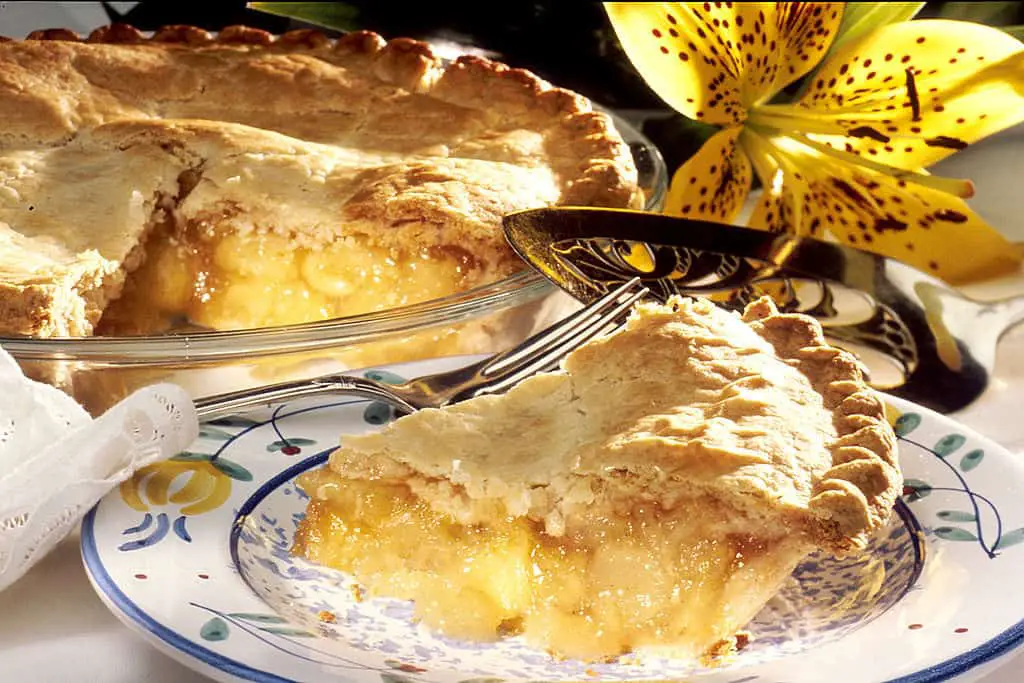
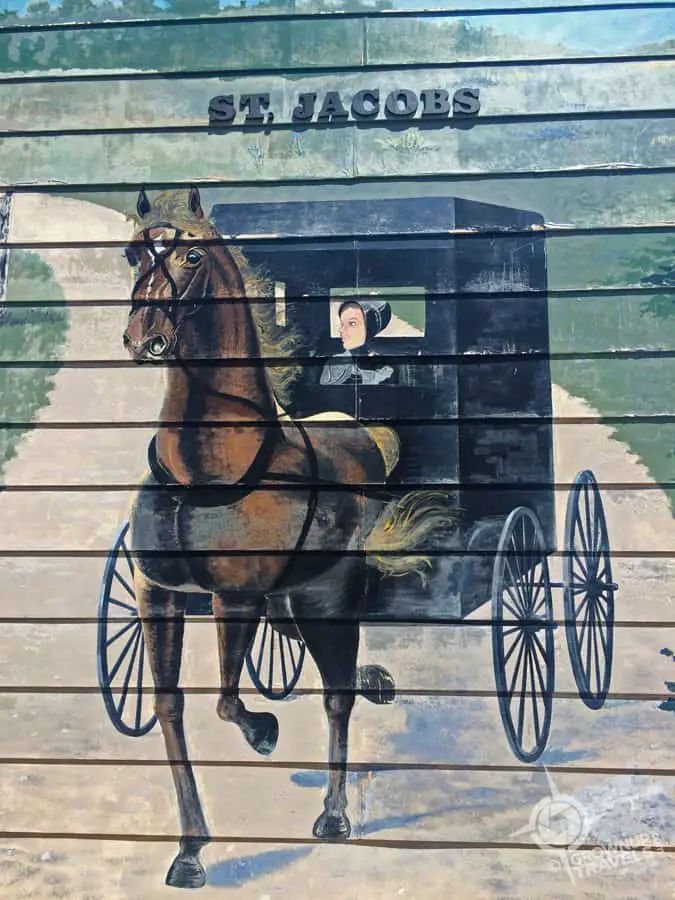
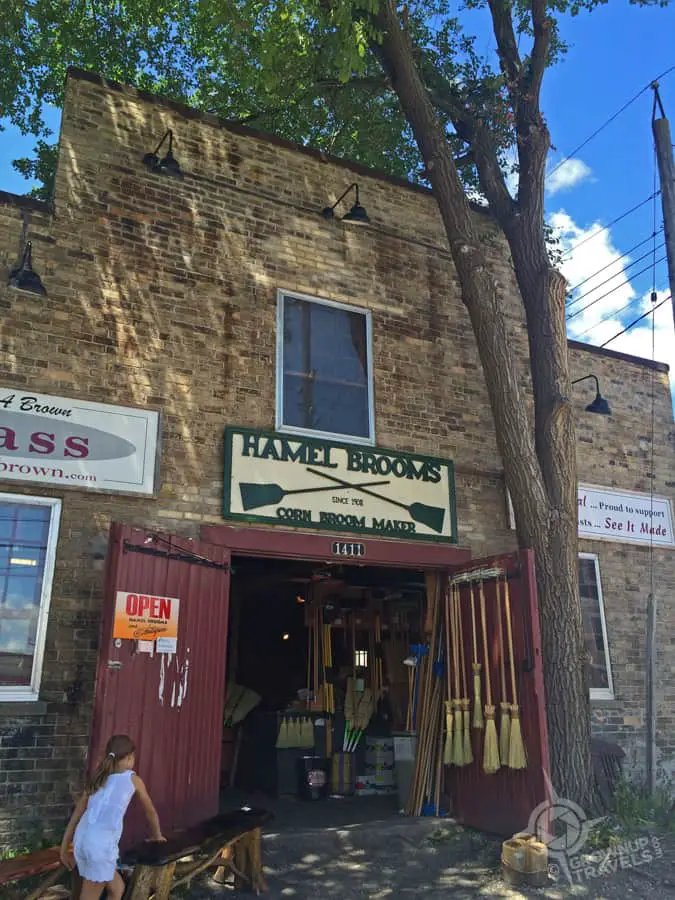

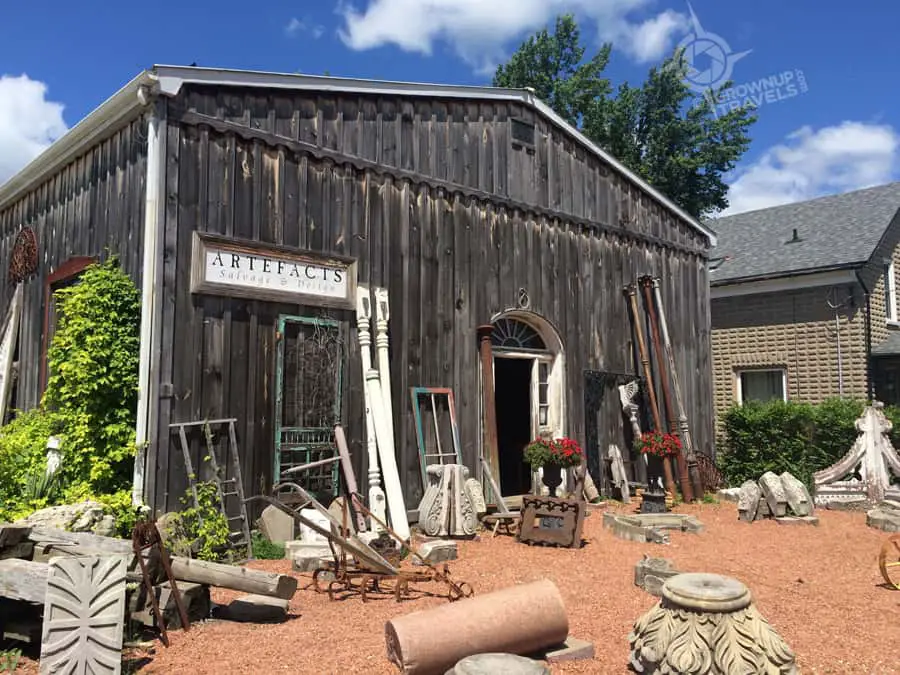
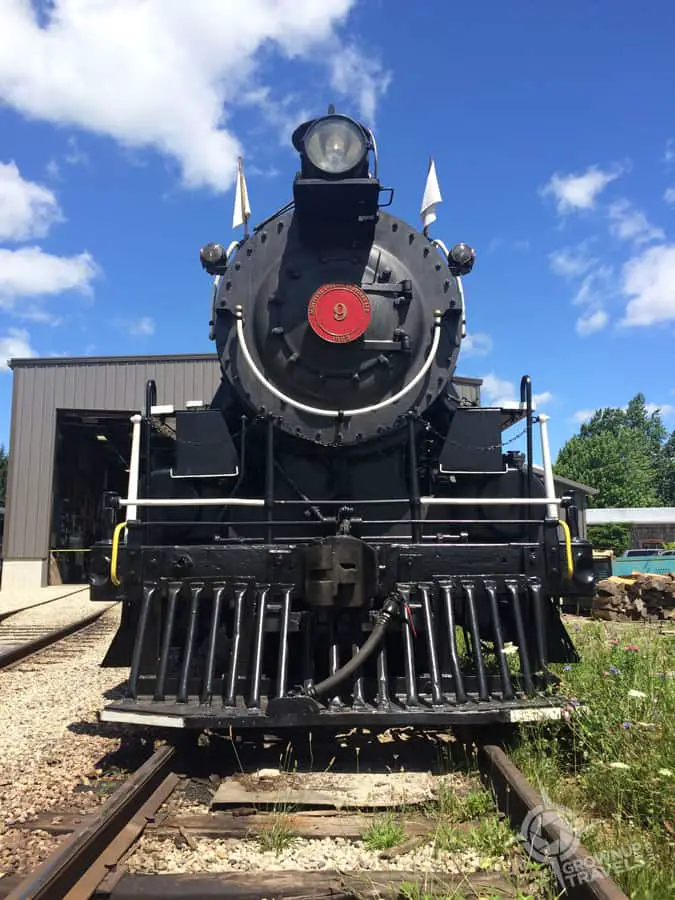
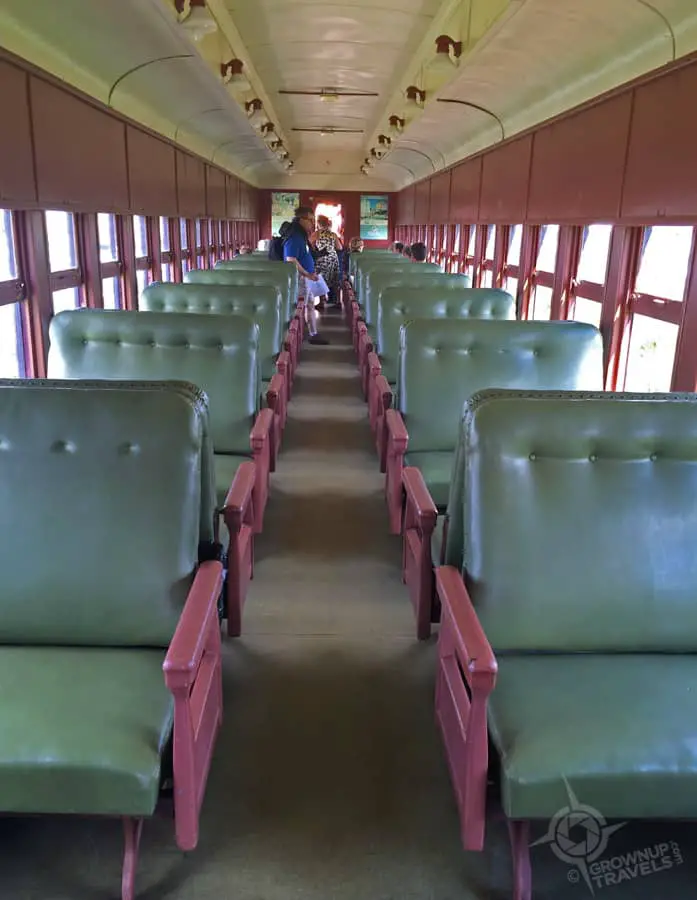
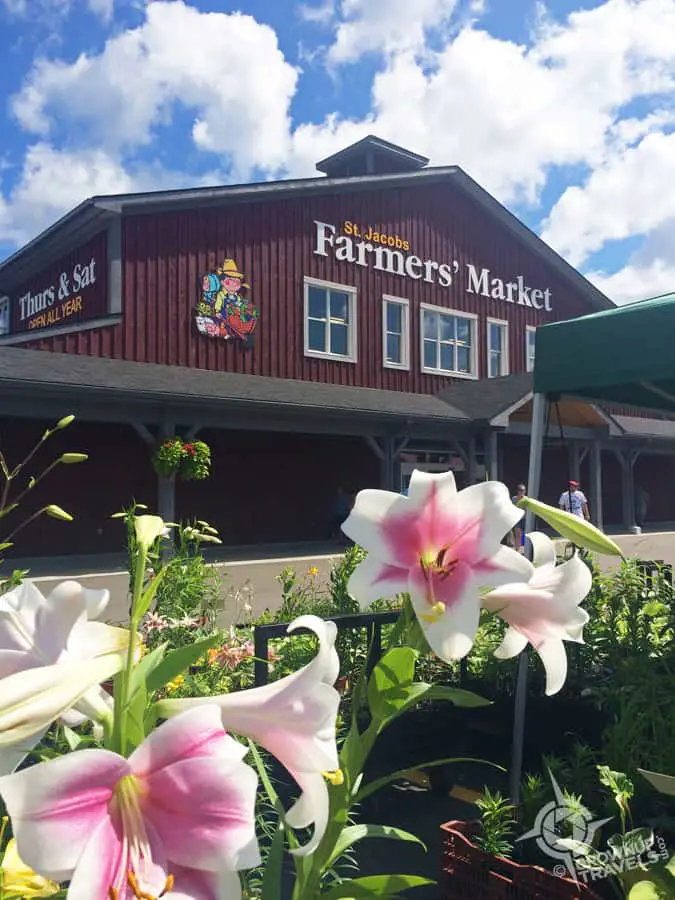



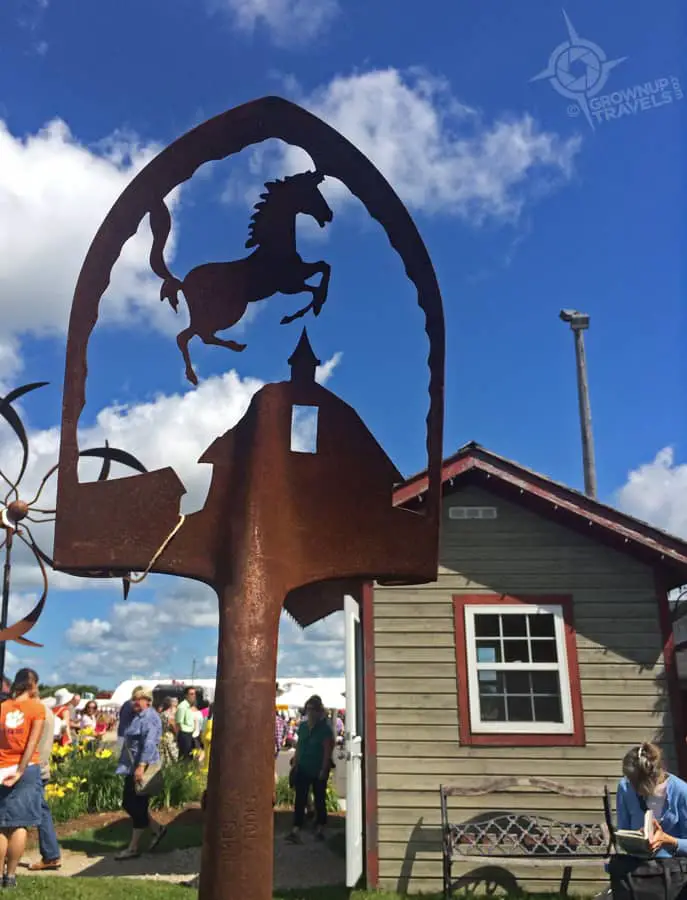
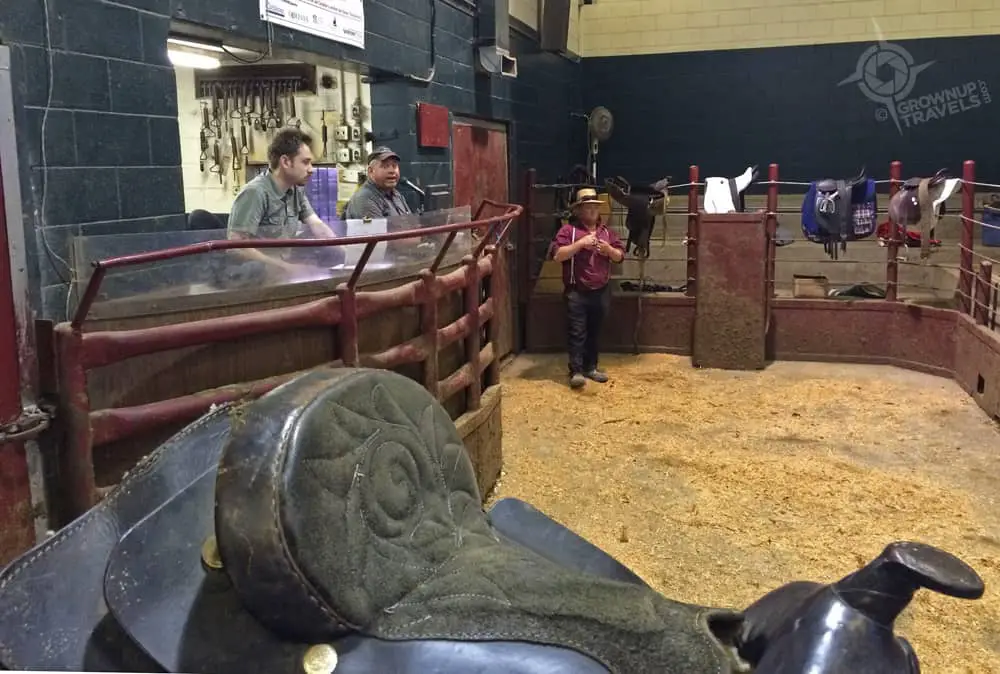

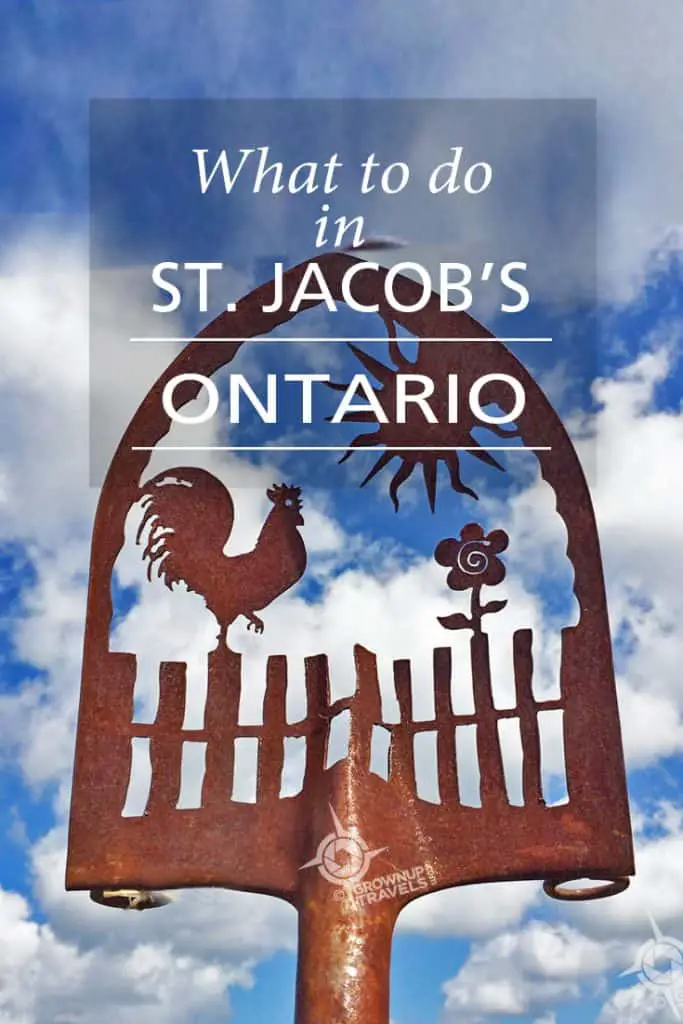

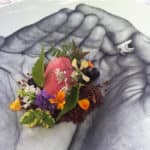
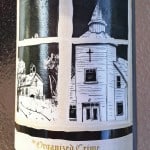








Do you weave Scottish blankets and what would be the approximate cost
I don’t do any weaving, Doug, just reporting on destinations like St. Jacob’s. 🙂 But there may be shops either there or in the Farmer’s Market that carry tartan blankets and such. Or try this site: https://scottishcompany.com/
I went to school in Waterloo (Wilfrid Laurier to be exact) and spent many a wkend in St. Jacobs – it holds a special place in my heart – thnx for bringing me back for a short visit.
So glad it brought you back! I’ve been several times and always seem to find something new to explore.